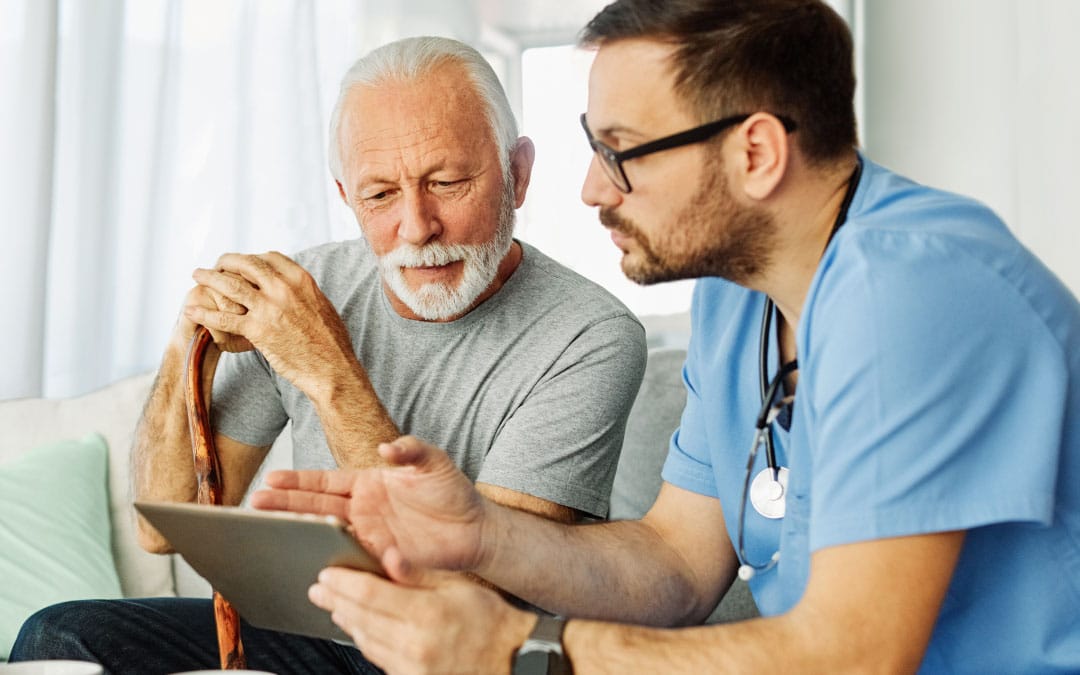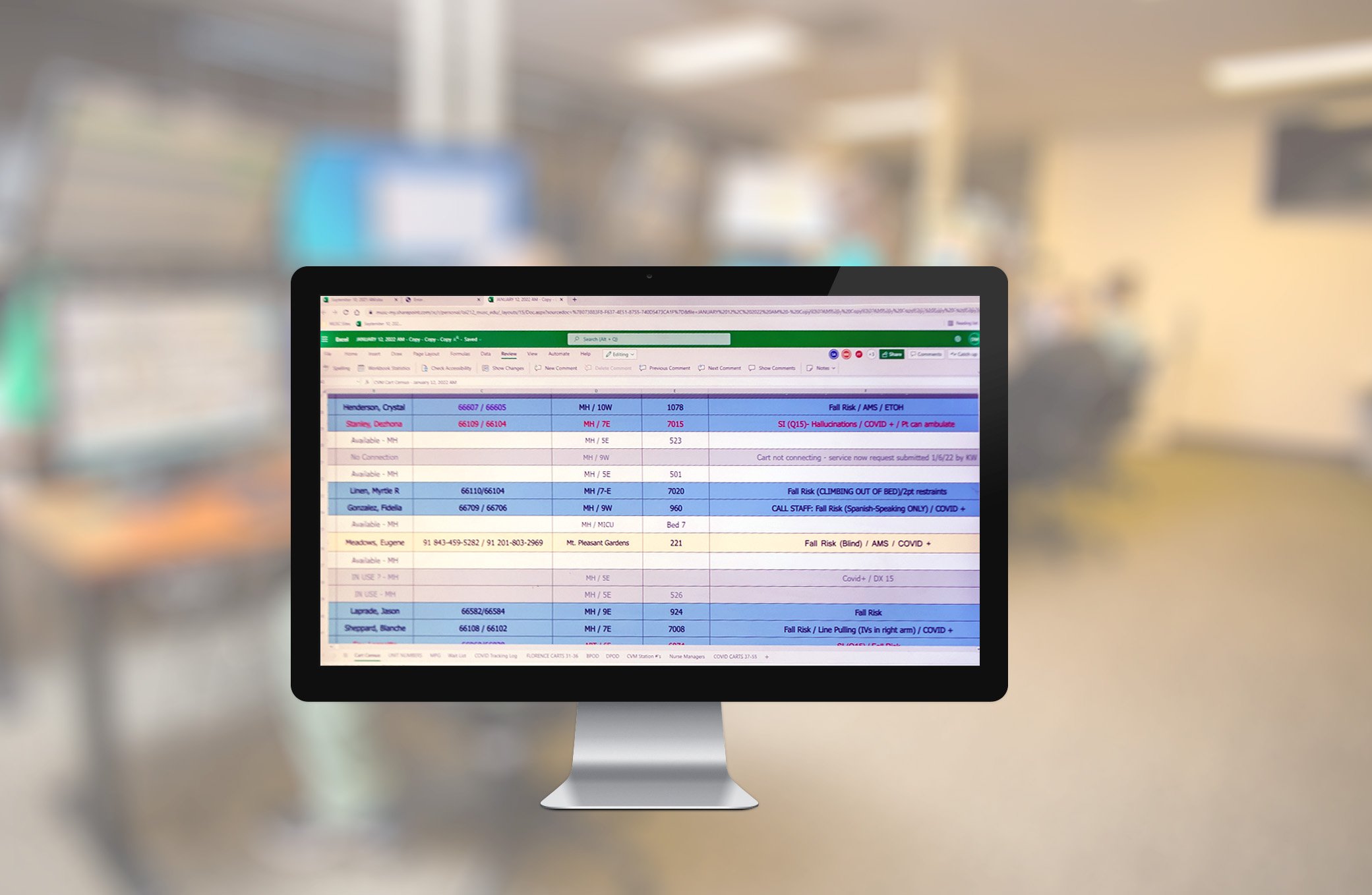Secure Remote Patient Monitoring Software: Protecting Patient Data
Secure Remote Patient Monitoring Software: Protecting Patient Data
Blog Article
The Future of Medical Care: Remote Individual Monitoring Simplified
As health care continues to progress, one location that holds tremendous promise is remote patient monitoring. With a focus on enhancing patient outcomes and improving healthcare delivery, remote monitoring is poised to transform the market.
Advantages of Remote Person Tracking
Remote client surveillance presents a wide variety of benefits for both medical care carriers and clients alike. In addition, remote client surveillance enhances the general top quality of care by supplying an extra all natural and extensive sight of people' health condition past traditional in-person check outs.
In addition, remote patient monitoring can cause better client results and complete satisfaction. Individuals can appreciate the convenience of getting treatment in the convenience of their own homes while still knowing that their health and wellness is being very closely monitored. This can lead to raised patient engagement and adherence to therapy strategies, ultimately resulting in much better wellness end results. Furthermore, remote monitoring can minimize the demand for frequent healthcare facility visits, decreasing healthcare expenses for both individuals and companies. Overall, the advantages of remote patient surveillance are clear, making it a beneficial device in contemporary health care delivery.
Innovation Driving Remote Monitoring
In the world of contemporary healthcare, technical developments play a critical role in driving the development and effectiveness of remote person tracking. The integration of cutting-edge technologies such as wearable tools, mobile applications, and cloud-based platforms has revolutionized the method healthcare providers remotely check and handle patient health and wellness - software for remote patient monitoring. These modern technologies enable continual real-time monitoring of important indicators, medication adherence, and other critical health information, permitting for timely interventions and individualized care strategies
One secret modern technology driving remote monitoring is the Internet of Points (IoT), which makes it possible for seamless connectivity between clinical tools and healthcare systems. IoT devices such as smartwatches and wireless sensing units accumulate and transmit individual information to centralized platforms, helping with remote tracking from throughout the globe. Expert system (AI) and artificial intelligence formulas better boost remote monitoring by analyzing large amounts of client data to find patterns, forecast wellness fads, and sharp doctor to potential concerns.
Effect On Medical Care Distribution
With the assimilation of innovative modern technologies driving remote person surveillance, the effect on medical care distribution is coming to be transformative and significantly extensive. Remote client tracking enables doctor to offer more aggressive and tailored care to patients, bring about boosted health and wellness outcomes and reduced hospital admissions. By from another location tracking crucial signs, signs and symptoms, and medicine adherence, health care professionals can interfere early, stopping problems and boosting the general quality of treatment.
Additionally, remote monitoring boosts access to medical care services, particularly for people in underserved or rural locations. People can obtain continuous surveillance and assistance from their homes, getting rid of the demand for regular in-person check outs. This not just saves time and reduces costs for both clients and medical care facilities but likewise decreases the danger of direct exposure to contagious conditions, an important consideration in the present medical care landscape.
Additionally, remote person monitoring makes it possible for medical care service providers to far better allocate sources and prioritize treatment based upon real-time data. By determining risky people and intervening immediately, medical care delivery ends up being a lot more reliable and effective, inevitably leading to a much more sustainable and patient-centered healthcare system.
Improving Patient Results

In addition, RPM enables aggressive monitoring of persistent problems, minimizing the probability of severe worsenings and visit the website healthcare facility readmissions. Individuals benefit from enhanced benefit and comfort, as they can obtain treatment in their very own homes while remaining linked to their doctor. This constant tracking not only enhances person contentment yet likewise fosters a feeling of empowerment and involvement in their own health monitoring.
Future Trends in Remote Surveillance
Accepting advanced technologies in remote person tracking is shaping the future landscape of medical care shipment. The future trends in remote surveillance are expected to revolutionize the means health care is provided, making it a lot more effective and patient-centric. One considerable trend is the raised use wearable tools and sensors to collect real-time information, enabling doctor to monitor individuals continuously without the demand for frequent in-person sees. These devices can track essential signs, drug adherence, and activity degrees, providing a detailed view of the individual's wellness status.

In addition, telehealth platforms are ending up being much more innovative, permitting online appointments, remote diagnosis, and remote client checking done in one integrated system (remote patient monitoring platform). This holistic method to remote tracking is enhancing medical care delivery, enhancing client fulfillment, and inevitably, boosting total quality of care
Conclusion
In conclusion, remote client tracking provides many benefits in health care shipment, driven by improvements in find out here now innovation. It has the prospective to boost individual results and reinvent the method health care is provided. Future patterns in remote monitoring will remain to form the landscape of medical care, giving chances for more efficient and personalized patient treatment.
Remote individual tracking presents a multitude of advantages for both medical care suppliers and individuals alike. Furthermore, remote patient surveillance boosts the general quality of treatment by supplying a more alternative and extensive sight of individuals' health standing beyond traditional in-person brows through.
Additionally, remote client surveillance can lead to enhanced individual end results and fulfillment. Remote client surveillance enables medical care companies to offer even more proactive and tailored care to people, leading to improved wellness outcomes and minimized hospital admissions. Remote person monitoring (RPM) plays a substantial role in enhancing person outcomes by supplying continual, real-time data that makes it possible for health care companies to intervene promptly and change treatment plans as needed.
Report this page